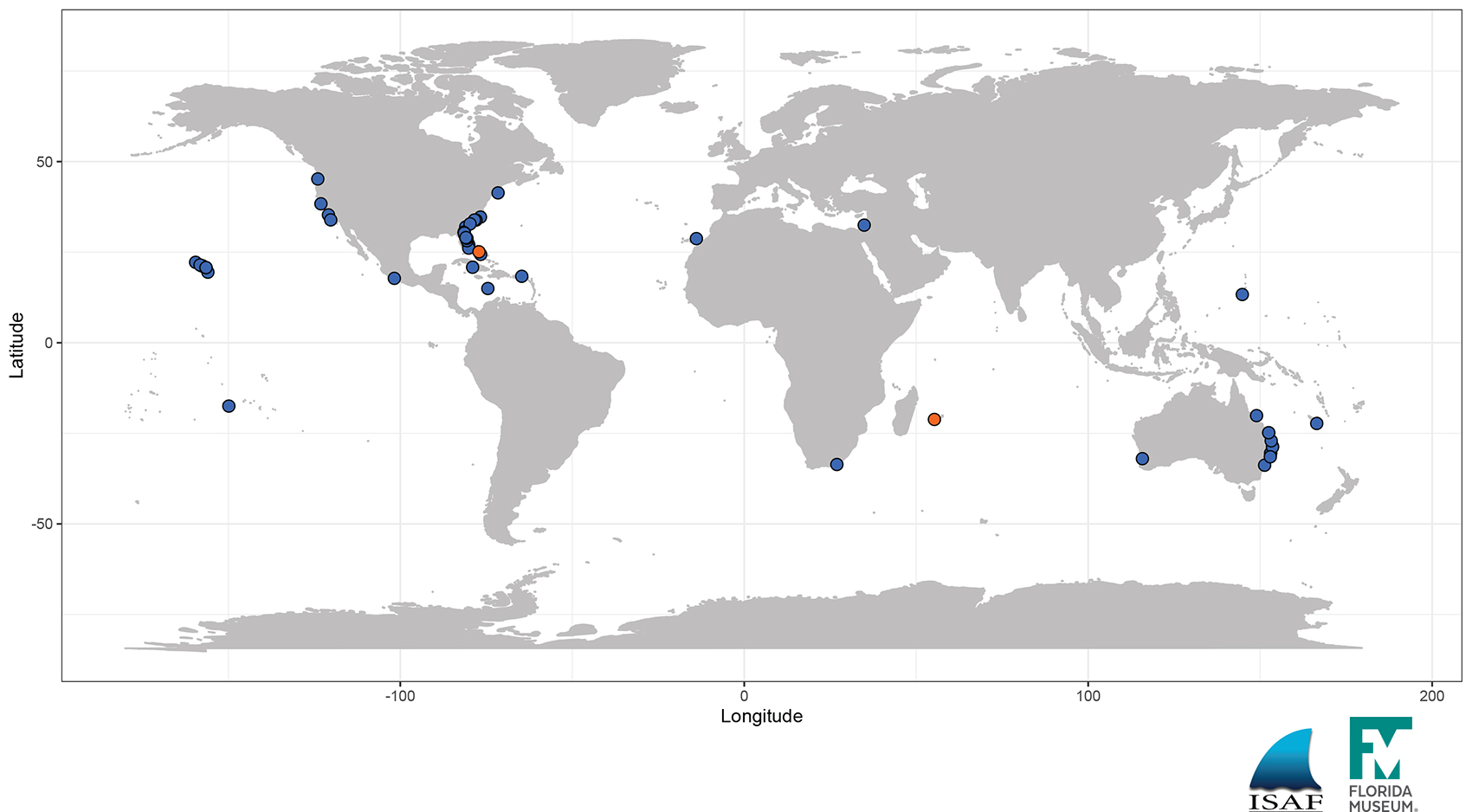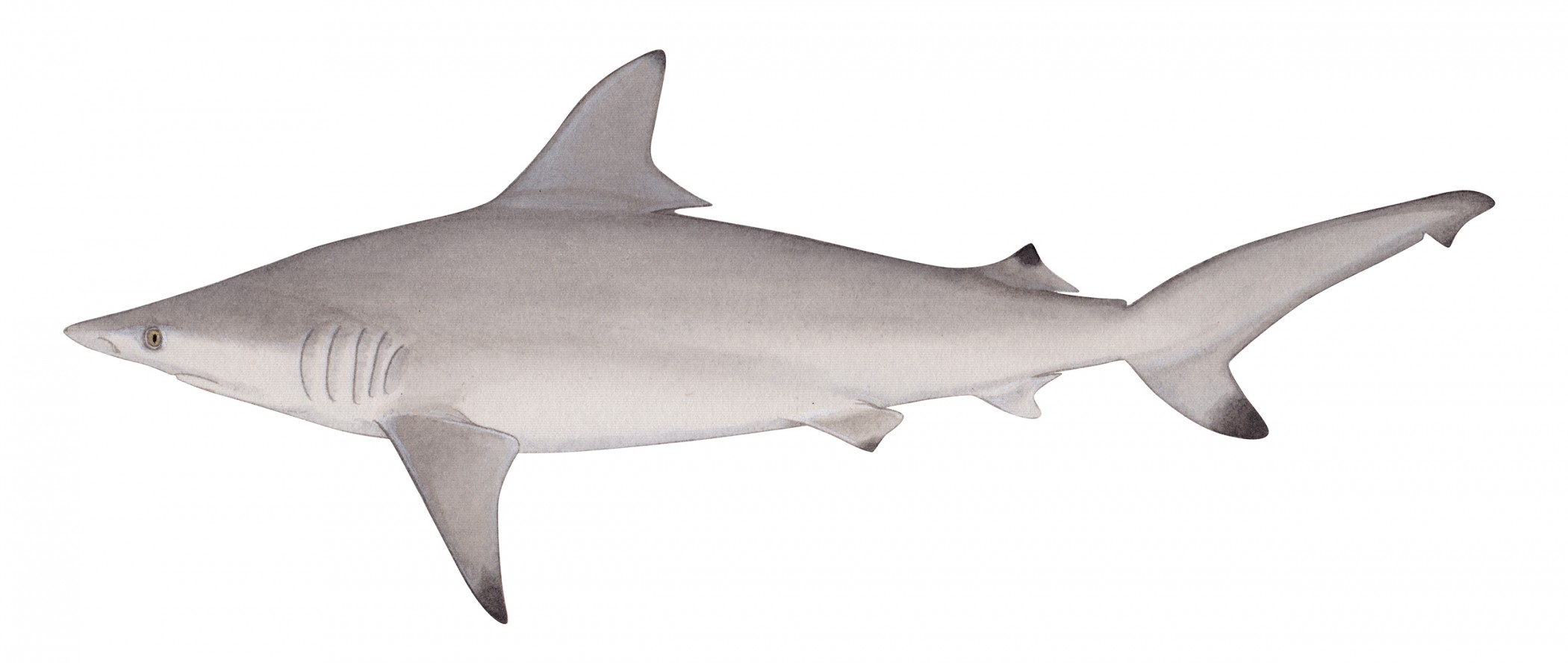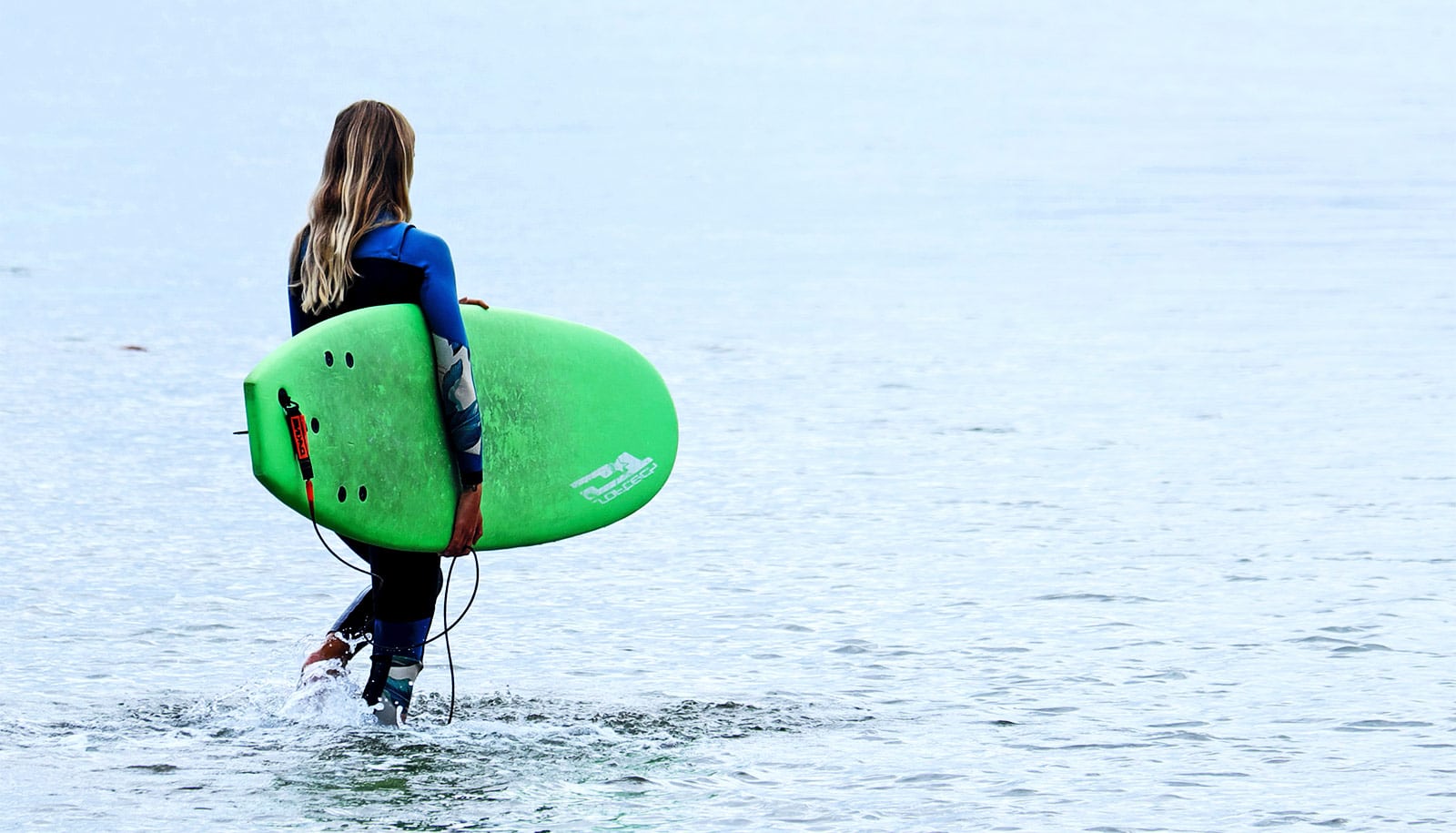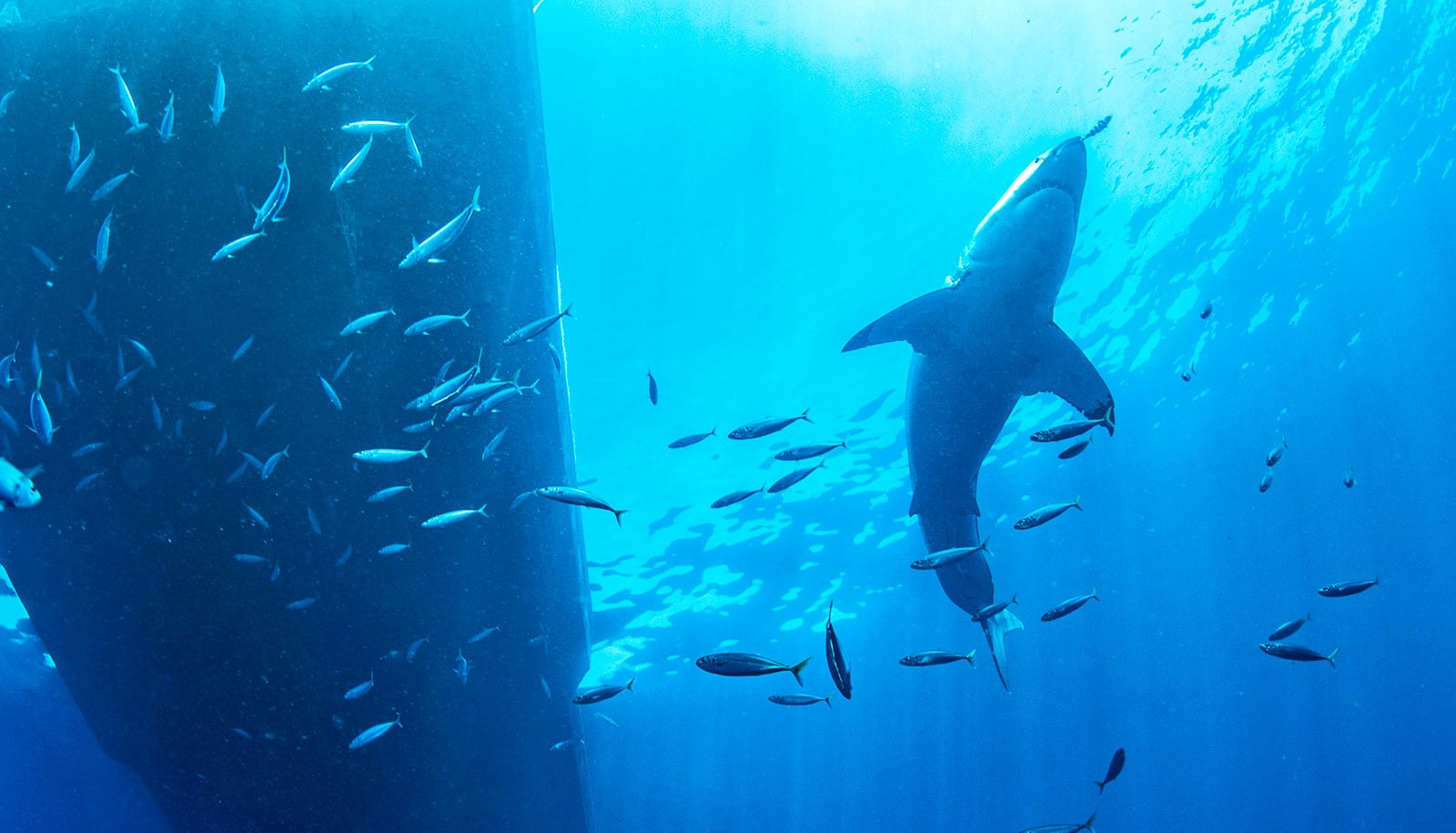Shark attacks in 2019 were unusually low for the second year running, with 64 unprovoked bites in 2019, researchers report.
According to the University of Florida’s International Shark Attack File, the total was roughly in line with 2018’s 62 bites and about 22% lower than the most recent five-year average of 82 incidents a year.
Two of the bites, one in Reunion, Florida and one in the Bahamas, were fatal, a drop from the average of four deaths from unprovoked attacks a year. Consistent with long-term trends, the US led the world in shark attacks with 41 bites, an uptick from 32 the previous year, but significantly lower than the nation’s five-year average of 61 bites annually. Attacks mostly concentrated in the Southeast with 21 in Florida.
“We’ve had back-to-back years with unusual decreases in shark attacks, and we know that people aren’t spending less time in the water.”
While the number of shark attacks can vary from year to year, the recent decline may reflect changes in the migration patterns of blacktip sharks, the species most often implicated in Florida bites, says Gavin Naylor, director of the Florida Museum of Natural History’s shark research program.
“We’ve had back-to-back years with unusual decreases in shark attacks, and we know that people aren’t spending less time in the water,” Naylor says. “This suggests sharks aren’t frequenting the same places they have in the past. But it’s too early to say this is the new normal.”
The ISAF investigates all human-shark interactions, but focuses its annual report on unprovoked attacks, or those a shark in its natural habitat initiates with no human provocation.

Shark attack by the numbers
Australia had the second-most shark attacks globally with 11, a decrease from the country’s most recent five-year average of 16 bites annually. The Bahamas followed, with two attacks.
Single bites occurred in the Canary Islands, the Caribbean Islands, Cuba, French Polynesia, Guam, Israel, Mexico, New Caledonia, and South Africa, once a hotspot for shark attacks.
“The news coming out of South Africa is that they’re not seeing as many sharks,” says Tyler Bowling, manager of the ISAF. “White sharks have been moving out of some areas as pods of orcas move in, and there are reports that sharks are disappearing along the whole Cape.”

Florida has led the world in number of shark attacks for decades, and 2019 was no exception. The state’s 21 unprovoked bites represented an increase from 16 the previous year and accounted for 33% of the global total. But attacks were about 34% lower than the region’s five-year average of 32 incidents a year.
Hawaii saw a small spike in attacks, with nine in 2019 compared with three the previous year. California and North Carolina had three shark attacks each. Single bites occurred in Georgia, Oregon, Rhode Island, South Carolina, and the Virgin Islands.
Massachusetts, where two great white sharks attacked in 2018 with one fatality, had no incidents in 2019. New York, where two bites occurred within minutes of one another in 2018, also had no attacks.
Cookiecutter sharks grab the spotlight
In a historic first, the elusive, foot-long cookiecutter shark was responsible for three of 2019’s attacks. Long-distance swimmers training in Hawaii’s Kaiwi Channel at night accounted for all three.
The ISAF’s more-than 6,400 records only contain two other accounts of unprovoked cookiecutter bites on live humans: one in 2009 in Hawaii’s Alenuihaha Channel and one in 2017 in North Queensland, Australia.

The snub-nosed, cigar-shaped shark, often considered a parasite, attaches to its prey with rubbery lips and uses its robust muscles and circular jaw to extract a plug of flesh—”acting like a toilet plunger with a blade in it,” Naylor says. It leaves distinct, craterlike wounds on a wide range of marine life, including tuna, seals, dolphins, and even great white sharks, 10 times its size.
Researchers don’t know much about the cookiecutter shark, Naylor says. “They’re quite mysterious animals. While they’re found all over the world, we don’t know how many of them there are, or how exactly they create this seemingly perfect circle. They can look pretty pathetic, like a lazy sausage, but they can do a lot of damage.”
Sharks trailing fishing boats
Anglers on the East Coast are increasingly reporting dramatic masses of sharks trailing fishing boats and a rise in depredation—sharks eating fish on the line. But Naylor and Bowling caution against interpreting the surge in shark sightings as a sign that shark populations have recovered after decades of decline.
“Shark aggregations are highly localized,” Naylor says. “We haven’t yet seen census data that show shark numbers are bouncing back.”
Anglers have also noted a decline in fish, which could mean hungry sharks are training their sights on fishing boats as an easy means of snagging a meal, Bowling says.
“If their resources are thin, they’re going to go to places that are more reliable, and if that means fishing boats, that’s where they’re going to go,” Naylor says. “That exacerbates problems for fishermen.”
As sharks approach boats, they’re drawn into close quarters with humans and may unintentionally bite a person while in pursuit of fish, Bowling says. Several of 2019’s bite victims reported that sharks approached as boat captains revved their engines. “They associate that noise with food,” he says.
While the chances of getting a shark bite yourself are minimal, the ISAF offers recommendations for how to lower the risk of a shark attack or fend off an attacking shark.
Source: University of Florida


